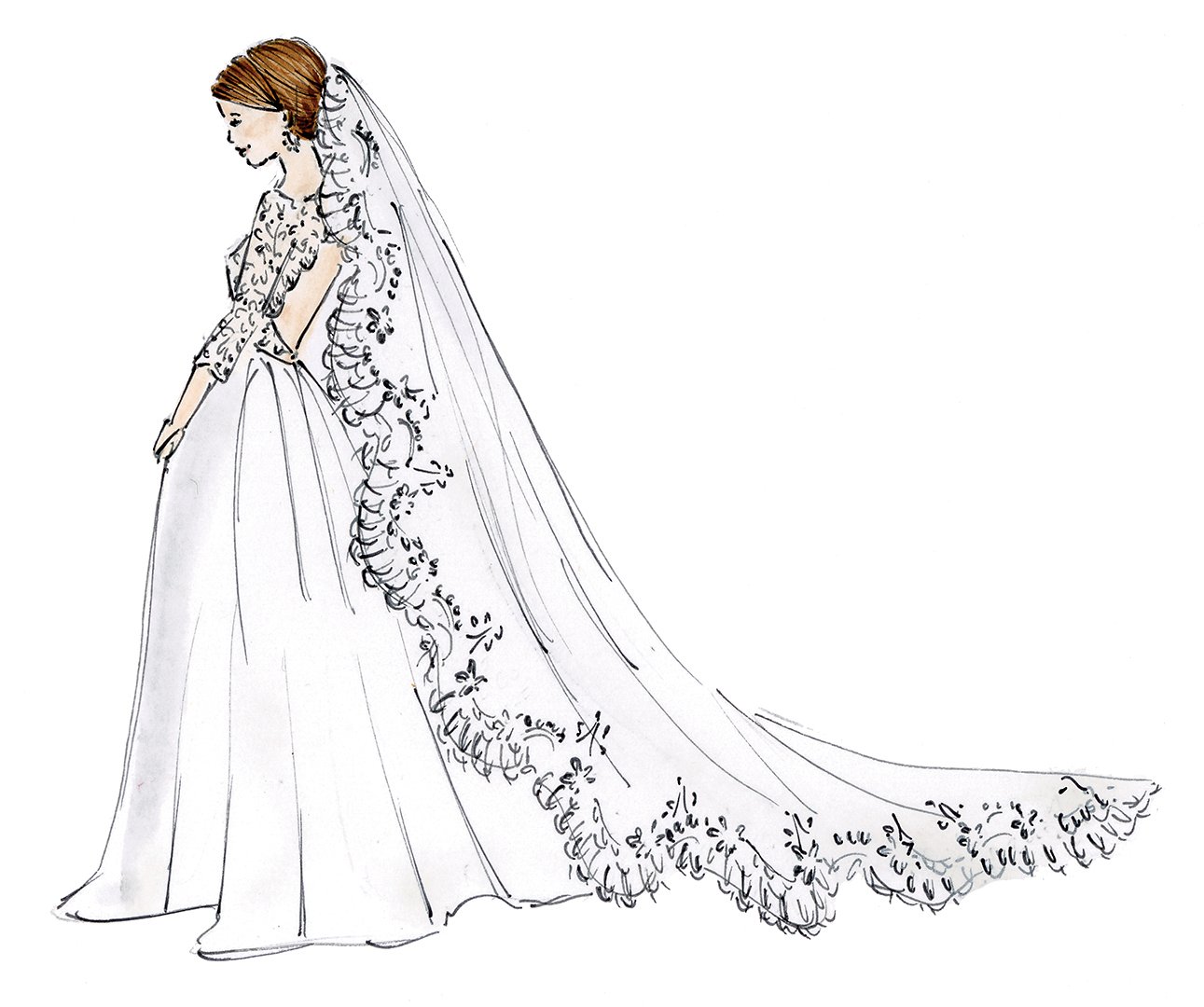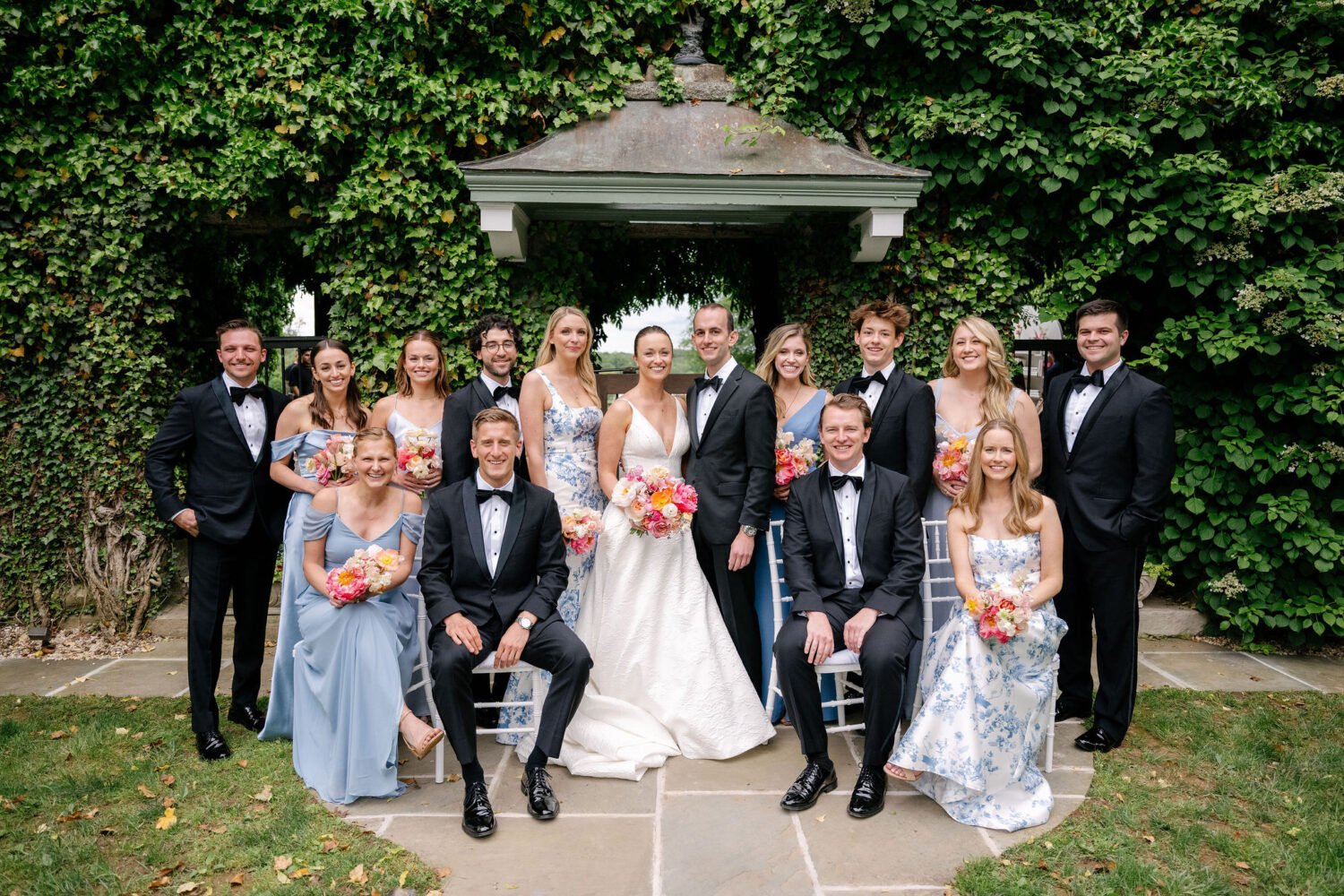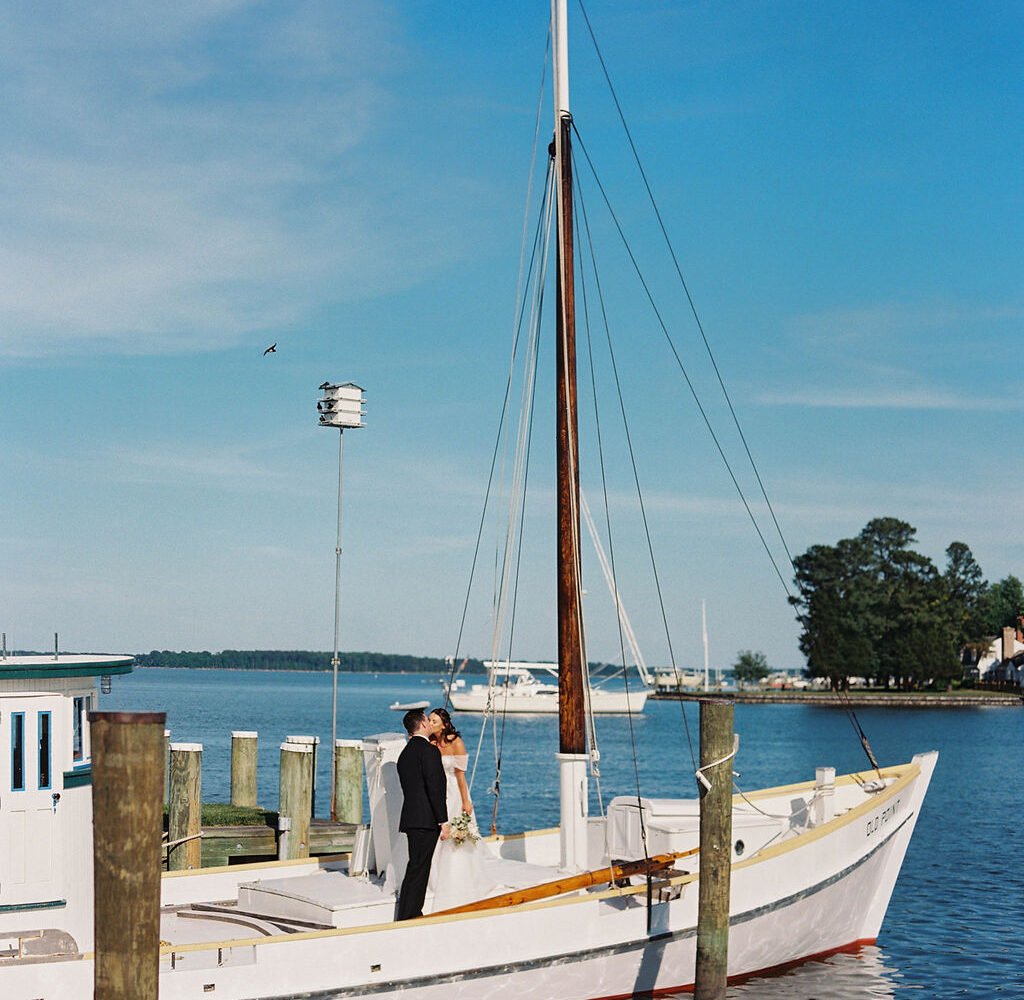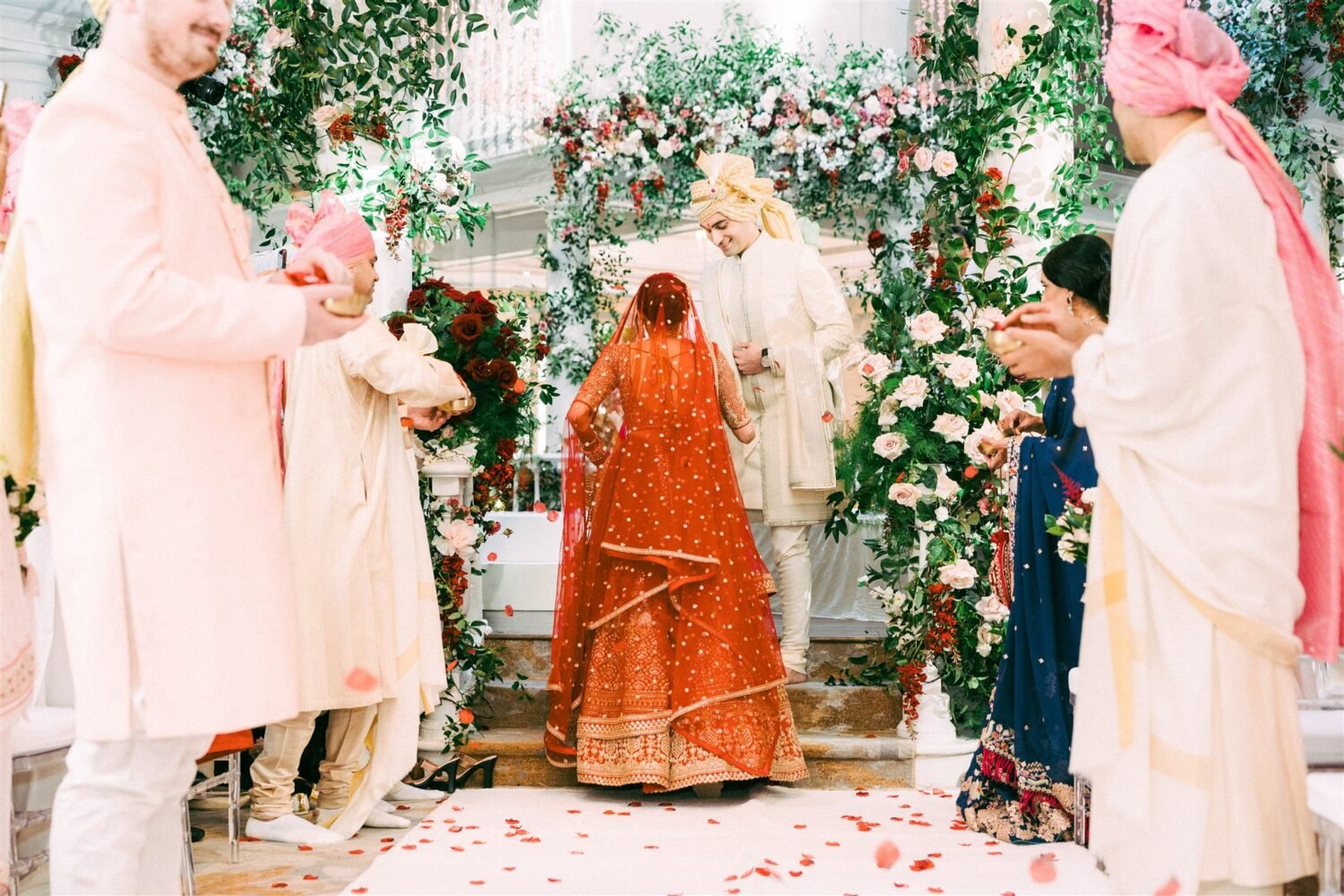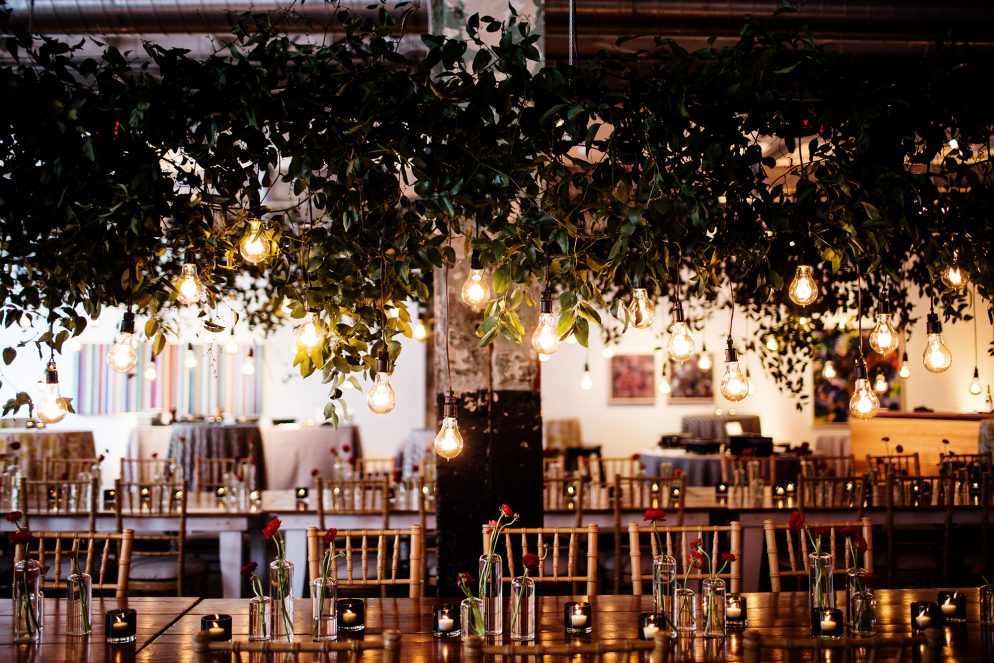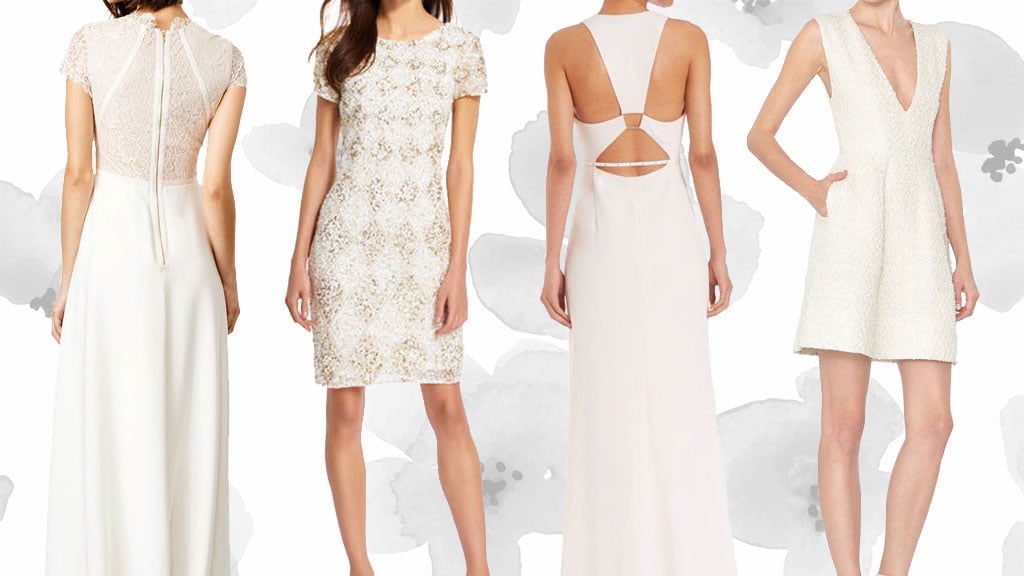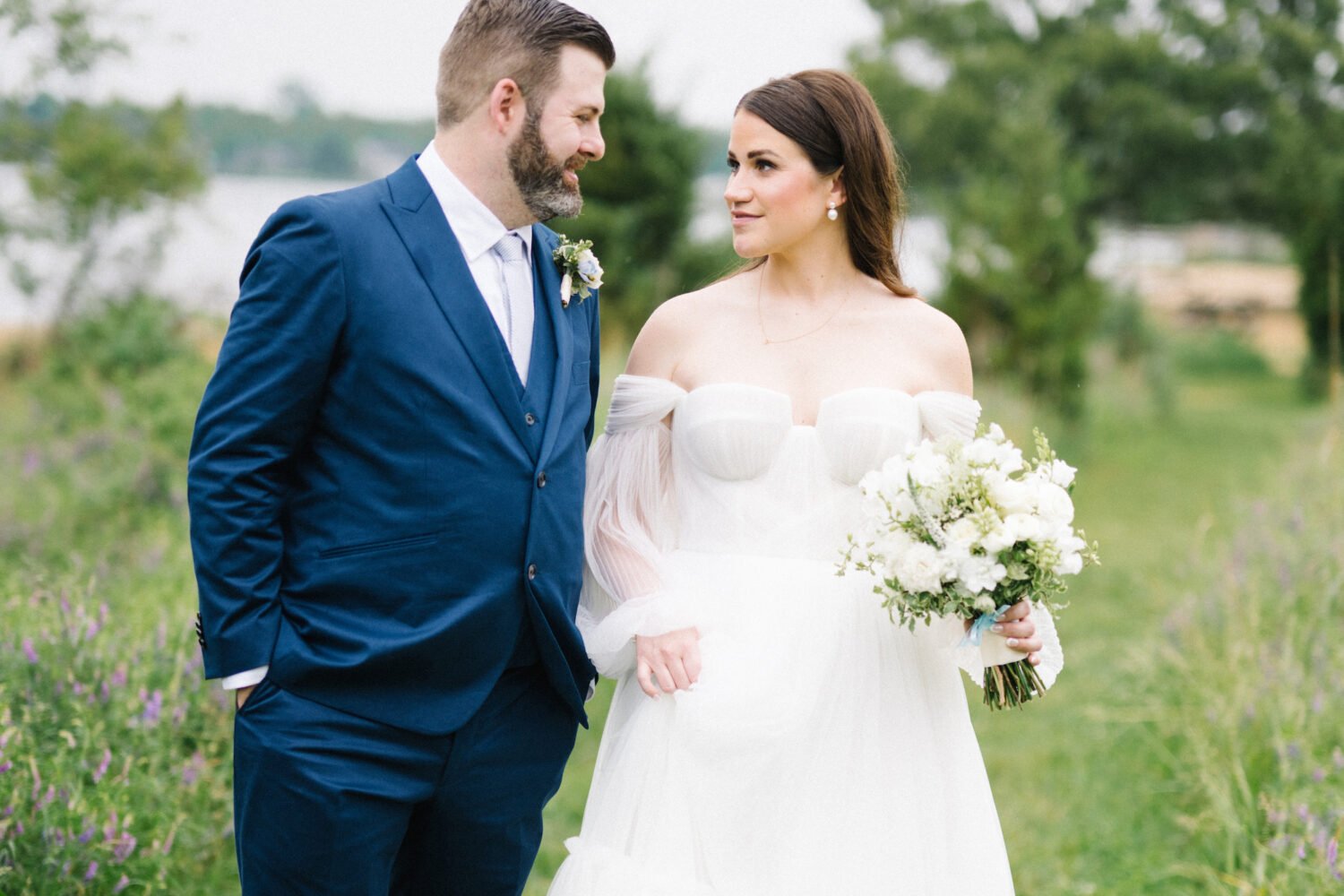You’re out searching for the perfect wedding dress at a charming boutique when the sales assistant asks you: “Are you planning on wearing a veil?” Often bride-to-bes haven’t considered whether they would like to add a hairpiece or accessory like a veil until the last minute. Are veils old-fashioned? Are they religious? What length do you need? We’ve done the research to clear up mysticism surrounding the storied accessory.
The custom of veiling the face of the bride during a wedding ceremony dates back to ancient times; the tradition was so popular for ancient Romans that their word for marriage, nubere, was virtually synonymous with veiling. At the time, the veil of popular tradition was dyed yellow or red, and wasn’t just a sign of modesty, but a way of honoring Hymen the God of marriage, as well as a strategy to shield the bride from evil spirits.
Throughout history, the popularity of the bridal veil waxed and waned in Western culture in accordance with both societal fashions and the customs of prominent religious practices of the times. Some iterations—like the conical hennin of the middle ages—were less recognizable as veiling, placing more emphasis on displays of status and wealth than the traditional symbolism of modesty and virtue. It wasn’t until the the 19th century that the modern bridal veil as we know it emerged.
Veils were already common accessories for the upper class Victorian woman and regularly worn for outings, travel, and lavish wedding ceremonies, but the enduring popularity of the wedding veil was cemented by Queen Victoria — the same monarch who canonized the tradition of wearing a white wedding gown. Victoria’s wedding was one for the ages not only because of its avant-garde fashion choices, but because the 1840 wedding of the young monarch to her cousin Albert of Saxe-Coburg was a love match at a time when marriages, especially of royalty, were overwhelmingly arranged.
Boho brides may be surprised that Victorian tradition also played a role in the flower crown: it was Victoria’s unusual choice of wearing a wreath of orange blossoms in lieu of a tiara to anchor her veil which revitalized the floral crown trend for decades to come. Contributing to the endurance of this combination of white dress and long veil was the advent of commercial photography at the turn of the century, which allowed photographers to memorialize wedding portraits at a time when Queen Victoria’s ensemble was widely copied.
“The gown is gorgeous and it’s white and it’s beautiful, but in theory, it could be on any starlet walking down a red carpet. When you put a veil on, you are a bride.”
—Sara Gabriel, wedding veil designer
Today, much of the veil’s religious symbolism has eroded, and it has become a secular trend in which the style of the veil relies more on the cut of the dress and taste of the bride than what popular trends dictate. Perhaps because of the veil’s rich symbolic history, there tends to be a certain anxiety for brides when it comes to deciding whether they would like to wear a veil, what the rules are, and what is proper. According to designer Sara Gabriel, any rules should be taken with a grain of salt; the most important element is simply for the bride to do what feels right for herself.
“My advice is to try it on and just trust your gut instinct. Don’t worry about the tradition or what your guests will think.” Gabriel, who has been designing veils for nearly twenty years, has found that for most part, brides will know immediately whether or not they are a ‘veil girl’ by trying one on, as many brides have an instantaneous and decisive response to its effect. Gabriel asserts that with the right piece, she’s seen heartwarming reactions from brides who found that a veil was the key to finishing a look, the mystery component the bride didn’t even know she was missing.
“There is nothing that makes a woman feel as much like a bride as putting a veil on” says Gabriel. “The gown is gorgeous and it’s white and it’s beautiful, but in theory, it could be on any starlet walking down a red carpet. When you put a veil on, you are a bride.”

